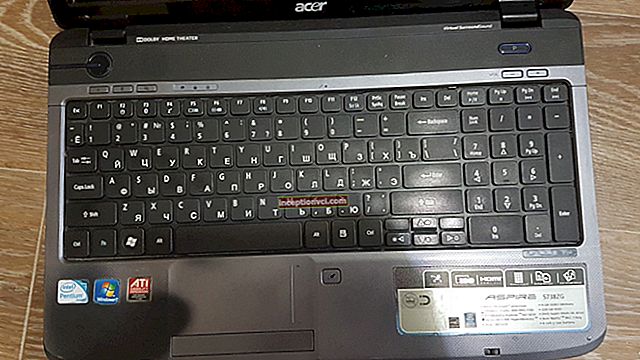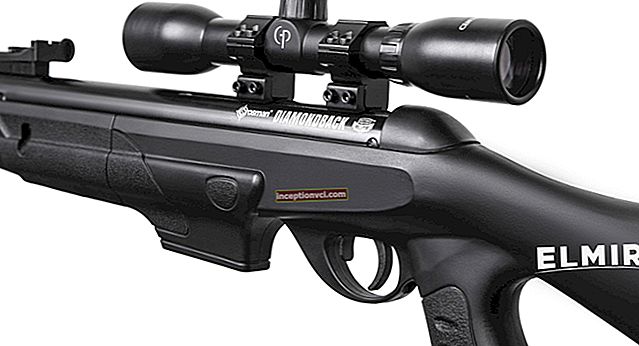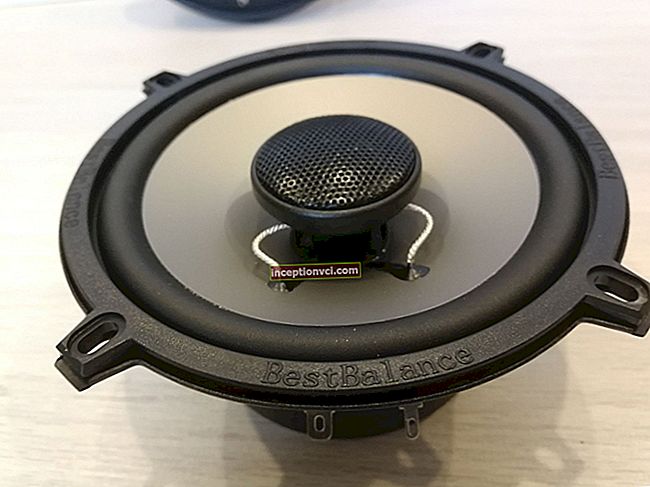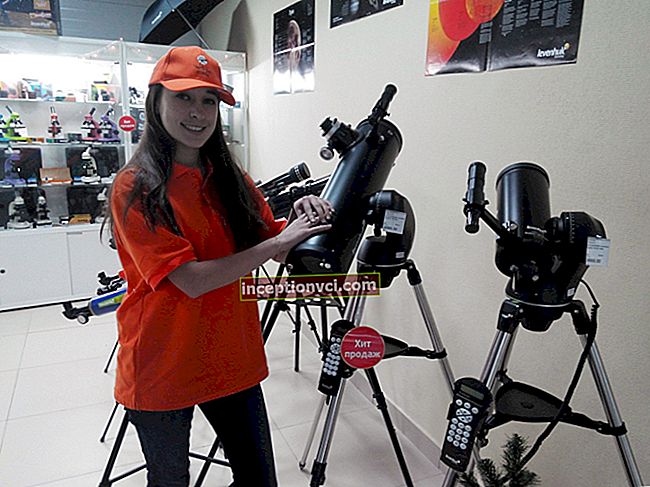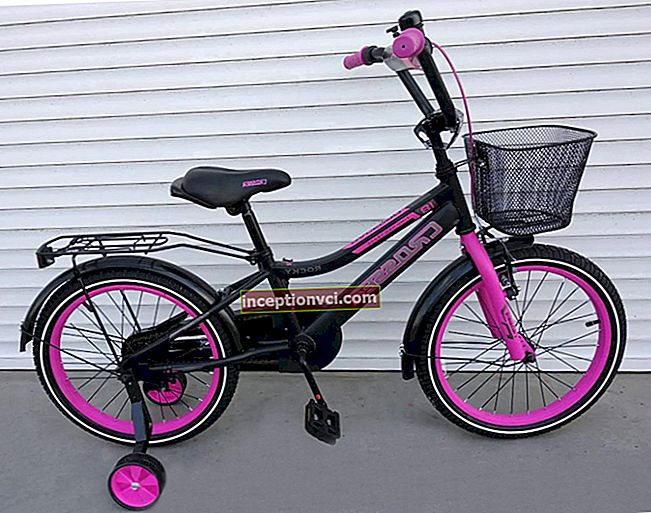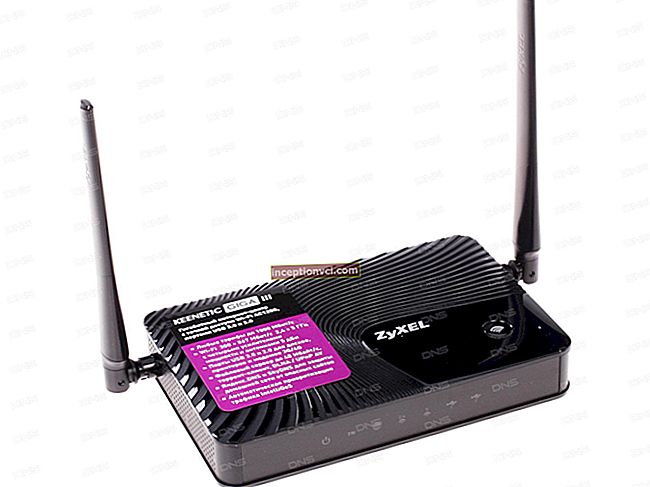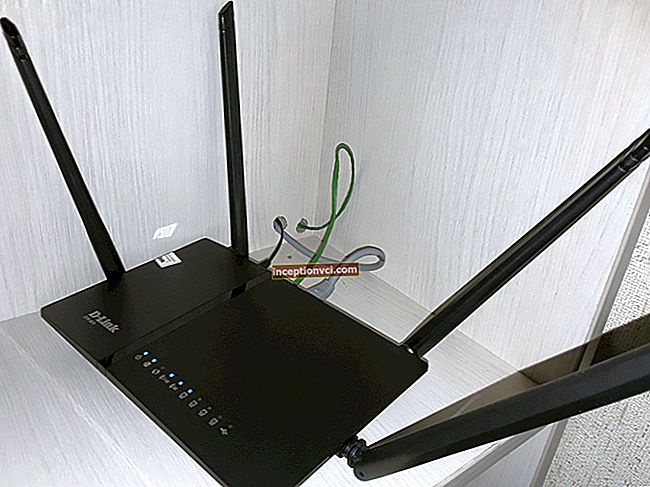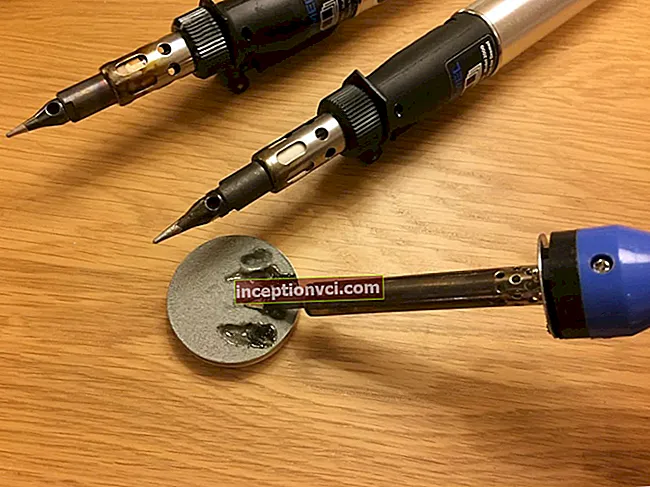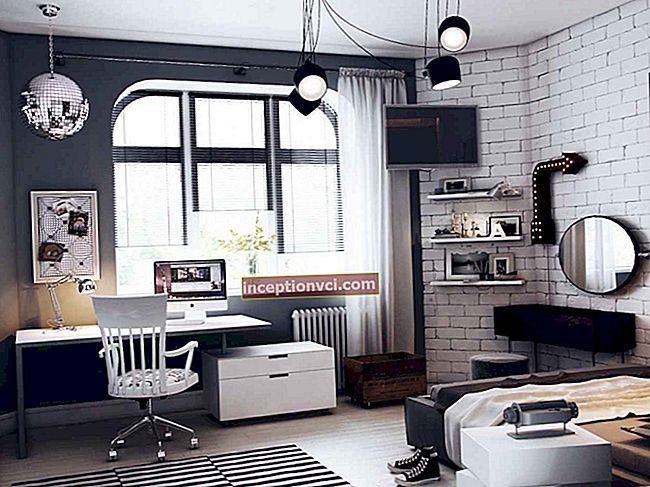In January 2013, at the international exhibition of consumer electronics CES 2013, the Japanese company Panasonic demonstrated new products in the compact ultrazoom class. They are the flagship models of the line - cameras Panasonic Lumix DMC-TZ35 and Panasonic Lumix DMC-TZ40, differing from each other only in some functions (and, of course, in price). In the US market, the Panasonic Lumix DMC-TZ35 is marked and marketed as DMC-ZS25. So, if you come across this unit with this name, do not be alarmed. After all, the DMC-TZ35 and DMC-ZS25 cameras are the same model, made for different countries.
The Panasonic Lumix DMC-TZ35 camera is positioned on the market as a device for more or less advanced photographers who already had experience in using digital cameras. This device has a very solid functionality (including a 23-point focusing system and manual shooting modes), powerful technical stuffing. But beginners will not experience any problems with this device either. it comes with automatic shooting modes and many useful functions to make shooting easier. The camera is equipped with a MOS-type sensor with an effective resolution of 16.1 megapixels and a wide sensitivity range, a powerful 20x super zoom lens from LEICA, an image stabilization system, a three-inch LCD screen (stationary type), its own large-capacity lithium-ion battery, USB ports / A / V and HDMI. The camera takes photos in JPEG and MPO formats (for 3D shots), records video in Full HD and HD Ready formats.
A couple of years ago, a camera like the Panasonic Lumix DMC-TZ35 could only be dreamed of. You can purchase and use it today. Of course, one of the flagship models has clearly not budgetary value. In Ukrainian stores, the Panasonic Lumix DMC-TZ35 camera is available in only two traditional body colors: black and silver (metallic gray). By the way, the DMC-TZ40, despite its flagship status, is available in four colors.
But the Panasonic Lumix DMC-TZ35 camera also has competitors. Today on the market you can buy a camera of a similar class from other well-known manufacturers. For example, Nikon Coolpix S9200, Canon PowerShot SX260 or Sony DSC-HX10. These are very serious competitors, also offering high-quality optics and a lot of useful features. The price of these devices is approximately comparable to the Panasonic Lumix DMC-TZ35.
Acquaintance
As we noted above, externally, the Panasonic Lumix DMC-TZ35 is very similar to the flagship model Lumix DMC-TZ40. Almost a copy, the only difference is that the DMC-TZ35 has cutouts for one mono microphone (DMC-TZ40 has stereo microphones). It is also worth noting a certain similarity with the previous cameras in this line. Those. Panasonic's designers decided to stick with the already proven camera look. The design is nothing special. All corners and edges are slightly rounded, there are almost no bends in the case. Only on the right side there is a special rubberized textured protrusion, which contributes to a comfortable fixation of the device and improves ergonomics. The camera, despite the presence of a powerful superzoom, cannot be called massive. Although its thickness is almost 29 millimeters, its length is only 105. The weight with the battery and memory card is about 192 grams. The camera can easily fit in a pocket of trousers, in a man's purse or even a handbag it will not interfere at all. The body of the Lumix DMC-TZ35 is pleasant to the touch. It is made almost entirely of metal alloy and has durable plastic inserts. The surface is resistant to all kinds of damage and scratches (within reason, of course). The build level and workmanship of the body components are ideal.
The camera uses a very high sensitivity (ISO 1600-6400) sensor made with MOS technology. Unfortunately, this sensor has a physical size of 1 / 2.33 "(as in conventional compact devices), but its effective resolution is 16.1 megapixels (only 17.5 megapixels). The small physical size must be compensated for by the high sensitivity of the sensor and modern manufacturing technology.For image stabilization, the Power O.I.S. optical system is provided, which is almost twice as good as the previous Mega O.I.S. system, but slightly inferior to the latest Hybrid O.I.S. from Panasonic. In general, the high sensitivity of the sensor, coupled with the stabilizer, should help prevent blurring when shooting in the evening. Also Power O.I.S. Prevents blurring when the camera shakes in your hands.

The front panel of the device is equipped with the most powerful wide-angle superzoom LEICA DC VARIO-ELMAR. It is distinguished by the very high quality optics of the German company LEICA. The focal length of this lens is 4.3-86mm, which is equivalent to 24-480mm for 35mm format cameras. It is easy to calculate that the optical zoom ratio will be 20x. The digital zoom of the camera is 4x. Combined with optical, you can achieve up to 80x image zoom while shooting. Without loss of quality, the maximum zoom is about 45x. Further, the picture quality may deteriorate slightly. The lens aperture of this camera ranges from F / 3.3 at short focus to F / 6.4 at long focus. Considering that this is an ultrazoom, the aperture ratio is quite normal. The lens has 12 elements in 10 groups, including 3 aspherical lenses (with 6 aspherical surfaces) and 2 ED glass lenses (improves quality, reduces chromatic aberration). The special proprietary lens coating Nano Surface Coating prevents glare in photos. Excellent optics and powerful zoom create all the conditions for shooting almost everything (from distant subjects and landscapes to macro subjects and portraits).
Near the front of the lens is the flash and the AF-assist illuminator (also serves as a self-timer indicator). The built-in flash has good power (its effective range is about 6.4 meters at a short focus). The recharge takes about 2 seconds. Among the modes it is worth highlighting automatic, automatic with red-eye reduction, slow sync with red-eye reduction and others. There is no "hot shoe" for attaching an external flash.
On top, the camera is equipped with a power button, a shutter release button, a video recording activation key, a dial for switching the main shooting modes, a monaural microphone, a speaker and a zoom lever. The buttons and zoom are pretty handy. The only downside is that the power and video buttons are side by side. Therefore, at first you sometimes miss. But since they have different shapes and heights, you quickly get used to the controls.
On the left side panel there are only 2 bolts connecting the camera structure, on the right panel there are a couple more bolts, an eyelet for attaching a strap and a compartment with HDMI and USB ports, protected from moisture and dust by a special plug.
The following elements are installed on the rear panel of the device:
In our opinion, there is an optimal minimum of buttons here. There are few of them, it is rather difficult to get confused. The screen of the device is normal, there is no touch control here. For conservative users, this is of course good news.
The bottom of the camera is equipped with two mounting screws, a very robust metal tripod connector, an information sticker, and a snap-on cover and a window for the DC plug (through which the DC adapter is connected). Under the cover there is a compartment for the rechargeable battery and SD, SDHC, SDXC memory cards (up to 64 MB). There is only about 90 MB of built-in memory, so you definitely need a memory card. Judge for yourself, if on a memory card with a capacity of 4 GB you can record about 600 photos in maximum resolution and quality (or 25 minutes of video in Full HD format), then in the internal memory there are only 14 such photos. The engineers also took care of a reliable battery. So, the camera battery has a capacity of as much as 895 mAh. The CIPA rating for this model with this battery is 260 photos. It is likely that in practice the charge will be enough for a larger number of shots. The battery is charged inside the camera either from the mains (220 V) through a special charger, or from a computer via the USB port. Charging time is approximately 3-3.5 hours.
_ ** standard package ** _ includes: camera, lithium-ion battery, USB cable, wrist strap, charger (USB), CD with useful software (Photofunstudio 9.0 AE, Super Loiloscope) and electronic manual , user manual in paper form and a warranty card. There are no HDMI and USB / A / V cords. As there is no memory card. It is advisable to buy a case or a purse for the device. It was a huge pleasant surprise that this camera is manufactured in the homeland of the company in Japan, and not in China (like most modern digital technology). The gross weight of the camera with accessories in the box is about 0.4 kilograms.
The presetting procedure is standard. We insert the battery and the memory card into the compartment at the bottom, turn on the camera. Immediately set the date and time, time zone, select the language. The camera is now ready for use. For lovers of the Lumix brand, the interface of the device will not cause any difficulties. Those who are just getting acquainted with such cameras will need some time to understand. In general, everything is logically structured, simple and understandable.
The main shooting modes are switched using the dial on the top panel:
By pressing the "Play" button, you can view the finished photos and videos. In addition, using this button, you can turn the camera directly into the preview mode. Photo playback is possible in the form of slides (or slideshows), thumbnails of various sizes, according to the date of the calendar. For each photo, you can view information (ISO, shutter speed, aperture size, and more). You can use background music when watching a slideshow. Pictures can be filtered by certain criteria (photo, video date, etc.) or added to favorites. Each photo you can retouch in accordance with the settings of creative effects, edit (crop, rotate, resize), protect from deletion, copy, send to print. All videos can be viewed, fast-rewound, deleted or protected from erasure.
The menu for setting the basic camera parameters includes setting the date, time, language, time zone, setting the shutter sounds, speaker, LCD brightness, grid lines on the display. In the same menu, you can turn on the power saving mode, automatically display a picture on the screen after the shutter is released, set up the connection of the camera to a TV or computer, set the method for displaying 3D pictures, format the memory card, restore factory settings, view the camera firmware version.
All cameras of this class have a large number of useful functions and capabilities. Panasonic Lumix DMC-TZ35 is no exception to the rule. Here are just a few of the useful options:
Shooting
In operation, the camera is similar to the previous models of this line. To turn on the device, take a picture and view it on the display, you will need about 2 seconds, perhaps even less. In about 2.5-3 seconds, the lens travels the distance from wide angle to telephoto. Focusing time at the near end of the zoom is about 0.2-0.3 seconds, at the far end - about 0.4-0.6 seconds. It all depends on the level of lighting and other conditions. The shutter is released almost instantly. The camera pleases with an excellent rate of fire. So, the speed of shooting without a flash is about 1.2 frames per second, with a flash - 0.5 frames per second. The maximum performance of the device is naturally achieved in continuous shooting modes.In full resolution we have a speed of about 5 frames per second, and in reduced (3 MP) about 9-10 frames per second. If you are an amateur, then this is more than enough. However, for slightly more advanced users, this is also enough.
The camera takes photos in JPEG (multiple compression options) and MPO (3D photos only) file formats. Available picture resolutions with four aspect ratios: 4: 3 (4608x3456, 3648x2736, 3072x2304, 2560x1920, 2048x1536, 640x480), 16: 9 (4608x2592, 3648x2056, 3072x1728, 2560x1440, 1920x1080, 640x360), 3: 2, 3648x2430 3072x2048, 2560x1712, 2048x1360, 640x424) and 1: 1 (3456x3456, 2736x2736, 2304x2304, 1920x1920, 1536x1536, 480x480). As you can see, there are 6 options for image resolution for each format. Minimum resolutions (such as 640x424, etc.) are more suitable for posting on the Internet. The maximum resolutions are suitable for printing on A1, A2, A3 and A4 paper sizes. It is advisable to select the resolution and paper size for each photo separately.
I liked the panorama shooting mode very much. The camera not only glues the pictures into one photo on its own, but also does it very accurately, without distorting the image. In this mode, you can also apply various digital filters, of which there are more than a dozen on the camera. The same filters can be used for standard photos as well. Amateurs and novice photographers will appreciate a variety of scene modes, and more advanced users - modes of manual control of many settings "P", "S", "A", "M". The powerful zoom deserves special attention. Photos are vivid but lifelike in color, sharp and sharp (even at maximum optical zoom). If you set the appropriate color mode, you can take photos with rich colors, which is useful when shooting in cloudy weather. The selection of exposure and white balance in automatic shooting modes is correct. Chromatic aberration is normally controlled. They can only be seen at 100% scale.
Noise and night photography
The sensor sensitivity of the Panasonic Lumix DMC-TZ35 can be automatically changed in the ISO 100-6400 range. Sensitivity in manual mode is adjustable to ISO 100/200/400/800/1600/3200. I must say that almost the entire range of manual settings is working. The noise cancellation system does its job perfectly. The ISO range of 100-1600 can be safely used for shooting. Only the ISO 3200 value can be called of little use. Although even here the photo quality is better than that of budget zooms.
For night shooting and twilight shooting, you can use both the scene programs and the auto mode, or try to adjust the device in one of the manual modes. After all, the maximum exposure of the device is 15 seconds, plus the matrix has good sensitivity. In addition, there is a high dynamic range HDR mode. We believe that there are all the prerequisites to take good photos with this camera in the evening.
Macro photography
This ultrazoom also supports macro mode. You can focus from as little as 3 centimeters to your subject at the wide-angle position. The quality of the photographs does not cause any complaints.
Shooting video
The camera can record videos in AVCHD and MP4 formats with mono sound. In the first format, you need to shoot if you plan to watch video on high-definition panels, in the second - if you plan to upload the video to the Internet (its size on the memory card is smaller). For AVCHD video format, the following settings are used:
The following settings are used for MP4 video:
During shooting, autofocus and stabilization work, you can use the optical zoom. You can take a photo while recording a video. To view video on large format panels, it is desirable to use the camera's HDMI port.So, you can view the finished video in digital format.
Final verdict
The pros:
The cons:
Panasonic Lumix DMC-TZ35 is a camera that has not only an excellent design, compact size, but also a powerful zoom and a lot of modern advanced features. Thanks to its ultrazoom, the device will become an indispensable travel companion. Lumix DMC-TZ35 will be useful for both amateurs and more advanced photographers. I would like to have a GPS function and shooting in RAW format, but, alas, these capabilities are implemented on the more expensive older model of the "TZ" line.
